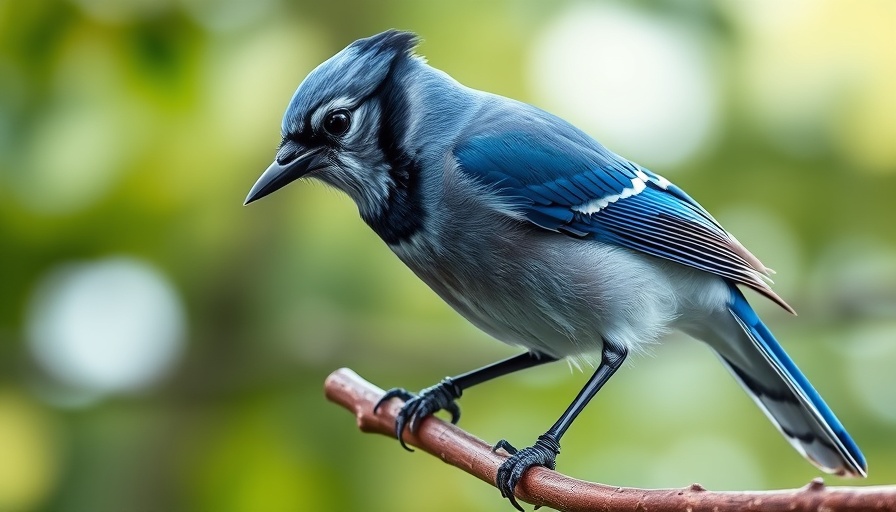
Mysterious Bird Deaths Raise Alarms in Richmond
Residents of Richmond, California, are raising urgent concerns after a series of unsettling bird deaths, with more than 50 birds found lifeless along a particular stretch of power lines on Bernhard Avenue since February. Witnesses describe hearing a distinct cracking noise just before seeing birds plummet to the ground, suggesting that the power lines might be involved.
Yet, the California Department of Fish and Wildlife has proposed an alternative theory: foul play. After examining two birds, they noted injuries that may have been caused by firearms like pellet or BB guns. Residents are grappling with conflicting evidence and unsettling questions about the true cause of these mysterious deaths.
Debating the Causes: Power Lines or Something More Sinister?
Mark Hoehner, a resident who has witnessed several deaths personally, adamantly contends that the power lines are to blame, describing the sound as akin to firecrackers. His skepticism of the shooting theory is echoed by many in the community, who question why a shooter would target birds in such a confined area. This discord between residents and official findings highlights a growing sense of mistrust and urgency to uncover the truth behind these incidents.
The Community's Demand for Accountability
With no clear answers forthcoming from Pacific Gas and Electric (PG&E), residents are calling for greater accountability and transparency from the utility company. Hoehner expressed frustration at what he perceives as PG&E's inadequate response: "They seem to be dragging their feet," emphasizing the need for immediate action to ensure the safety of local avian populations. As investigations continue, local advocacy for wildlife safety remains fervent.
Importance of Investigating Wildlife Protection
The incidents in Richmond underscore the wider implications of human impact on wildlife welfare, raising questions about safety regulations surrounding power lines and the protection of avian species. It's vital that both utilities and wildlife organizations come together to address these environmental conflicts. Solutions could include improving avian safety standards for power lines and increasing awareness about shooting wildlife.
The Richmond community's efforts to invoke change serve as a significant reminder of the importance of wildlife conservation and safety in urban settings. As concerns grow, community members remain on alert, hoping to solve the mystery of these heartbreaking bird deaths.
 Add Row
Add Row  Add
Add 




Write A Comment